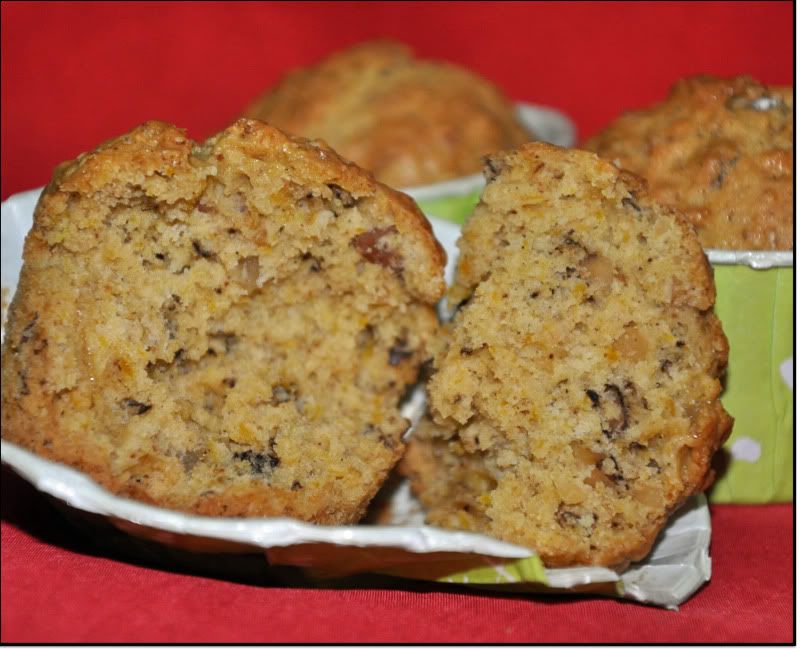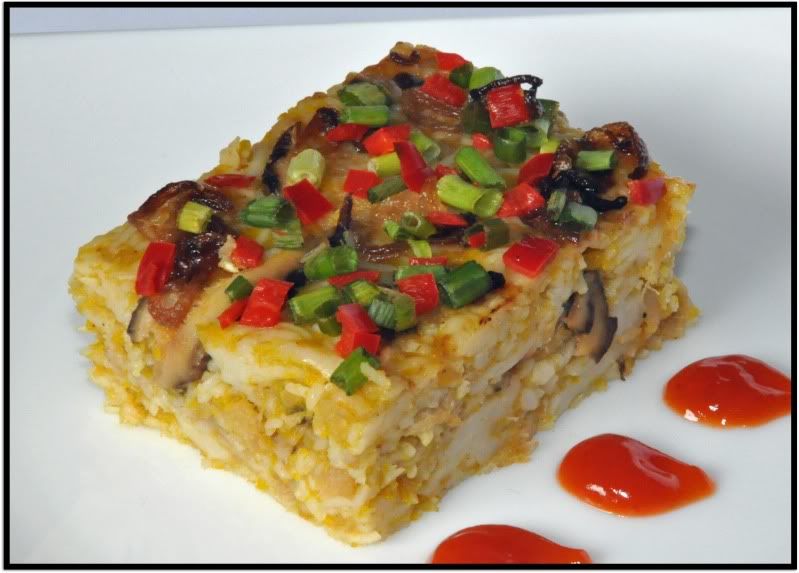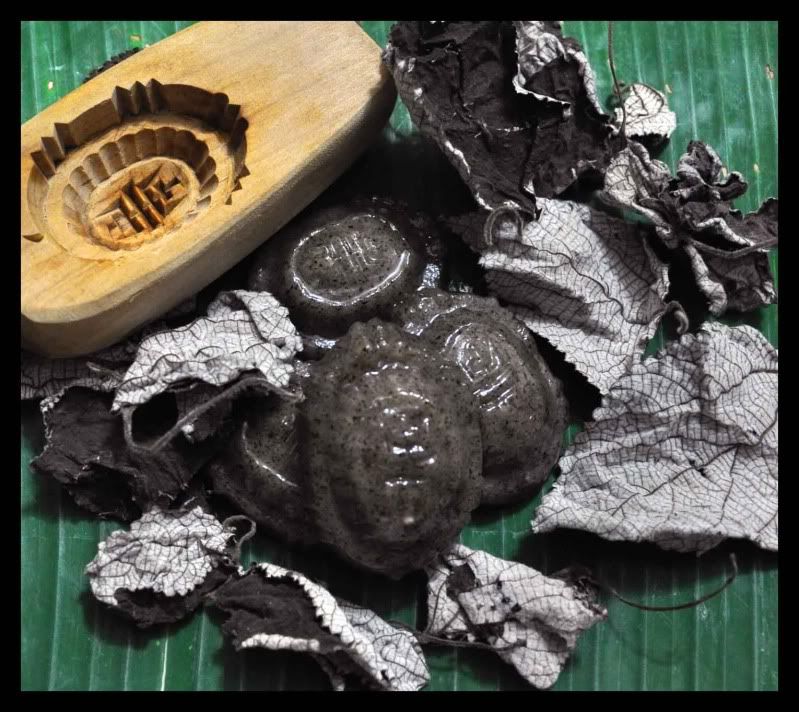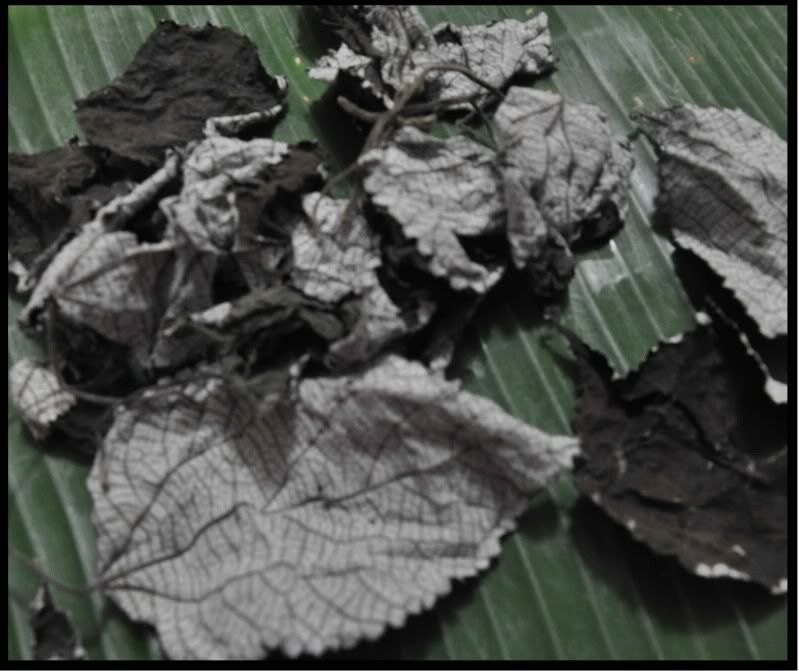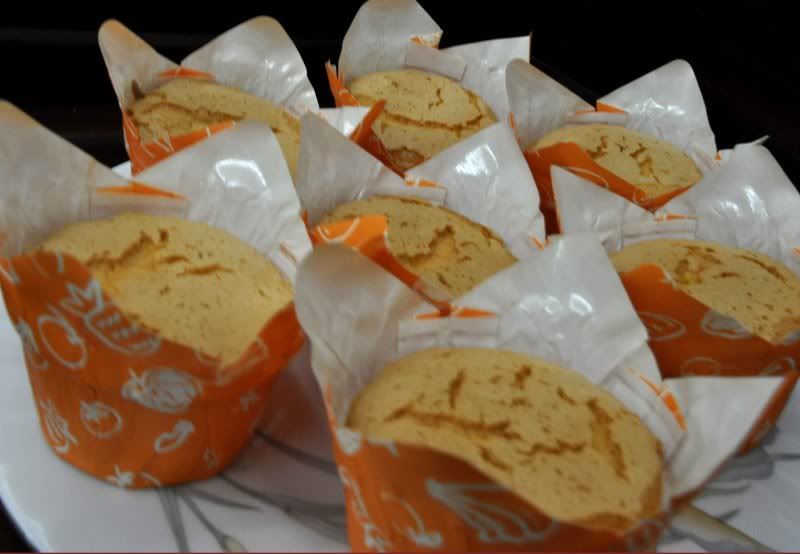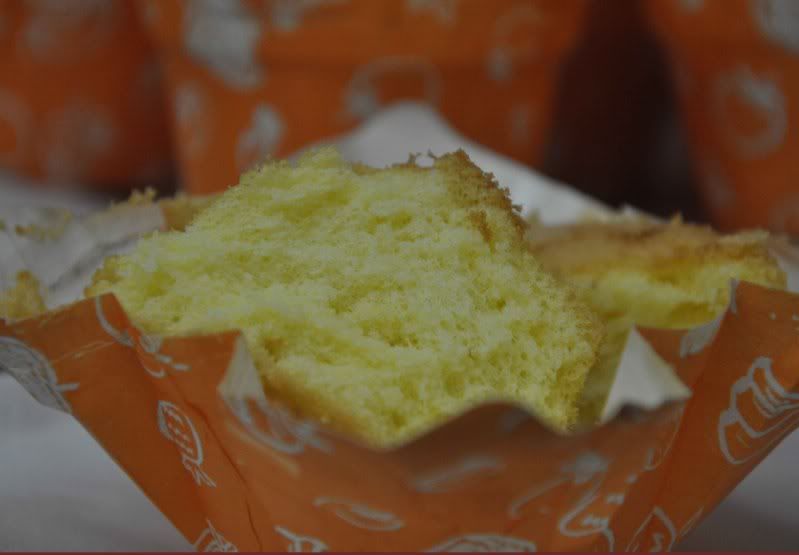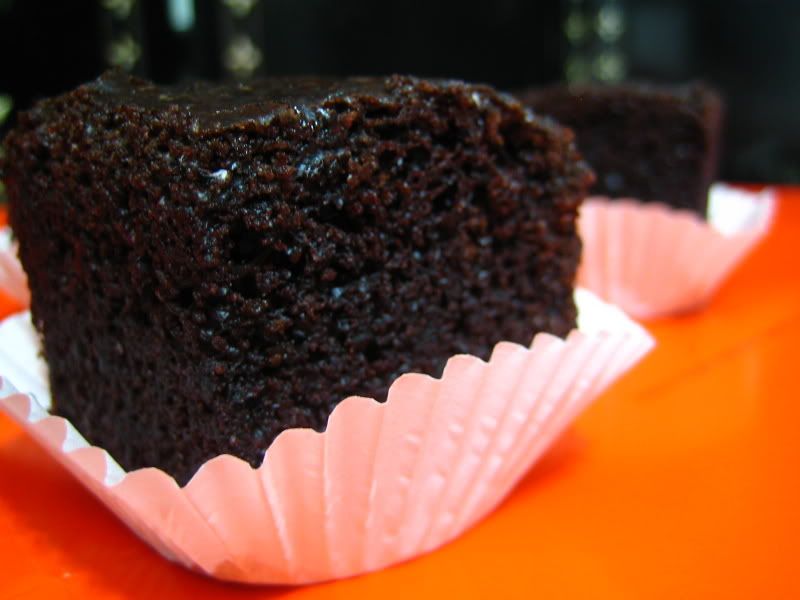I had several requests for the recipe and I had promised to come back to the requester as soon as I can find the recipe. Unfortunately, I could not find the original recipe. I thought I had tore off the pages from the magazine and filed it away. No matter how many times I searched through the four arch files of recipes, I could not find it. I then started to search for the magazine hoping that perhaps, I have not torn out the recipes but I could not find it. DH who noticed me rumagging through the book shelves, drawers, coffee table and even the stack of old newspapers enquired what I was searching for. When I told him I was searching for that particular magazine he gave me a sheepish grin and said he remembered throwing it out. Grrrrrrrrrrrrrrh!
So what to do? I trawled the net hoping to find THE recipe but I had no luck finding it. I even wrote to AWW in the hope they will send me the recipe (and I am still waiting hopefully).
Anyway, something good did turn out from the internet trawling. I found another variation of this cake that looks quite promising. The fact that it uses separated egg yolks and whisked stiffened eggwhites tell me that this would be an even lighter cake than the original one. So yesterday, I test-kitchened this version and the result did not disappoint. In fact, this second cake tastes much better than the first as it has dessicated coconut and marmalade added to it. So before I start to loose this recipe as well, I am quickly posting it here.
I hope this recipe will do for the few ladies who wrote to me for the original recipe.

Honey Citrus Semolina Cake II
Ingredients:
6 eggs, separated
100g sugar
100g dessicated coconut (I used 75g)
140g flour
270g semolina
25g ground almonds (I used 50g)
20g baking powder
240ml cornoil or canola oil
300ml freshly squeezed orange juice
60ml lemon juice
1 teaspoon each grated orange and lemon zest
240ml orange marmalade
Honey Citrus Syrup
3/4 cup sugar
2 tbsp honey
1/2 cup water
1/2 cup orange juice
1/4 cup lemon juice
(You can use 3/4 cup orange juice and omit the lemon juice but I prefer a mixture of orange and lemon juice)
Method:
1) Heat oven to 180 degree C
2) Grease and line a lamington panwith parchment paper making sure the paper extend 3cm above the pan.
3) Sift flour and baking powder together. Add in the coconut, ground almonds and semolina and stir to combine well.
4) Mix oil, beaten yolks, marmalade, juices and zest together. Stir in the dry ingredients.
5) Meantime, whisk egg whites and sugar till stiff peaks form.
6) Fold the egg white to the flour mixture taking care not to deflate the egg whites too much.
7) Pour mixture into the prepared tin and sprinkle with some almonds slivers if desired.
8) Bake for 30 minutes or until a toothpick inserted in the middle comes out clean with no sticky crumbs.
() While cake is baking, prepare the syrup by boiling the liquid till it is reduced to slightly more than half a cup.
9) Pour hot syrup over the cake the moment you remove the cake from the oven. Cool in the pan. Cut and serve.
